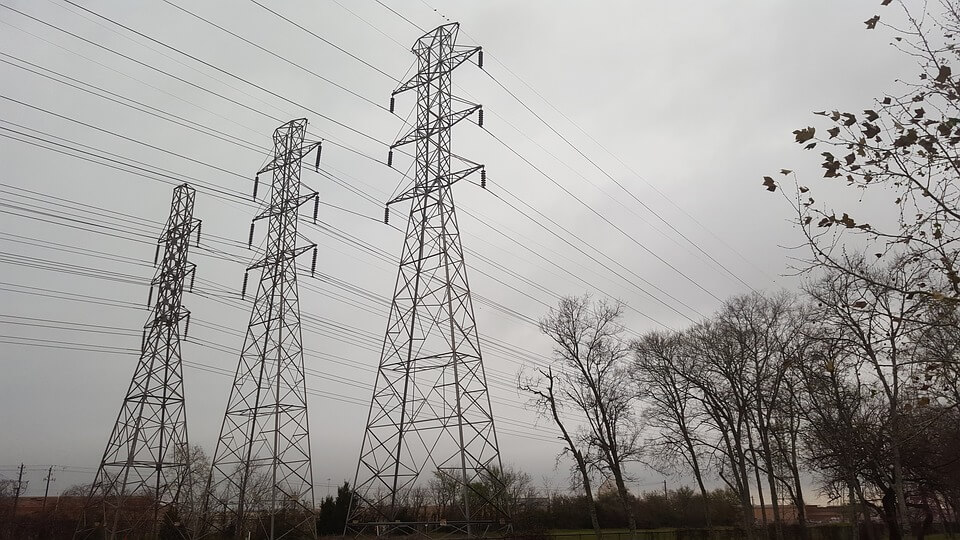Major American companies, including Cargill, General Mills, Procter & Gamble, Nestlé, and Unilever have sent a letter to the U.S. Federal Energy Regulatory Commission (FERC) asking for continued acceleration and enhancement of the regional and interregional transmission line planning processes to assist in making the U.S. electricity grid more resilient and reliable. Federal Energy Regulatory Commission (FERC) asking for continued acceleration and enhancement of the regional and interregional transmission line planning processes to assist in making the U.S. electricity grid more resilient and reliable.

In the letter, the five American companies are seeking continued acceleration and enhancement of the regional and interregional transmission line planning processes to assist in making the U.S. electricity grid more resilient and reliable.
The companies – which are some of the nation’s largest electricity consumers – delivered the letter to FERC in response to a request for stakeholder comments on the resilience of the bulk power system in areas operated by Regional Transmission Organizations and Independent System Operators (RTOs/ISOs).
“This letter demonstrates that major American companies are becoming increasingly interested in the future of the U.S. electricity grid,” said David Gardiner, President of David Gardiner and Associates, a group of strategic advisors to organizations seeking a sustainable future. “These companies recognize expanding and modernizing the grid will deliver more reliable, cheaper and cleaner electricity to all consumers, including companies with strong clean energy goals.”
The companies are also among the over 100 U.S. corporations with renewable energy goals, and all have made significant wind and solar power purchase agreements. An expanded and upgraded transmission grid will help ensure that these companies will have sufficient wind and solar projects to purchase power from in the years ahead.
“Expanding and upgrading our nation’s transmission grid is a critical element of keeping our electricity system resilient,” said John Kostyack, Executive Director, Wind Energy Foundation. “Improving the regional and interregional transmission planning processes will facilitate those expansions and upgrades, while also enabling large companies to meet their renewable energy commitments.”
RTOs and ISOs have largely failed to incorporate the increasing demand for renewable energy by large energy users into their planning processes. This could lead to a shortage of renewable projects, as corporations act to fulfill their commitments to procure an additional 50 gigawatts of renewable power by 2025, according to a report released earlier this year by the Wind Energy Foundation.
The report also found that existing and planned transmission facilities may not be sufficient to deliver the amount of renewable energy companies have already committed to buy. For example, using a conservative set of transmission-building assumptions, the report found that planned transmission build-outs would meet only 42% of corporate renewable energy demand in a high-procurement scenario or 78% of the demand in a low-procurement scenario.
Filed Under: News, Policy




